15 Things You Never Knew About the Super Nintendo
It's one of the most popular and beloved consoles ever, but the history of the Super Nintendo is filled with things you never knew.

Ah, the Super Nintendo Entertainment System. Truly one of God’s finest creations. After the Nintendo Entertainment System helped rebound the very concept of video games and the Sega Genesis evolved past its limitations, Nintendo released this wonderful 16-bit console to help Nintendo reclaim that top spot. It’s the system that gave us so many classic games and so many classic characters. Characters like Yoshi, Diddy Kong, Mega Man X, Geno, Fox McCloud, Gabby Jay, Ness, and Aero the Acro-bat. Okay, maybe they weren’t all classics.
Still, the SNES is still such a beloved part of gaming history and has a spot in many hearts. Active for about a decade and with such a massive library, there are so many fascinating bits of trivia out there. Here are some interesting facts to celebrate the system that gave us the Rainbow Road.
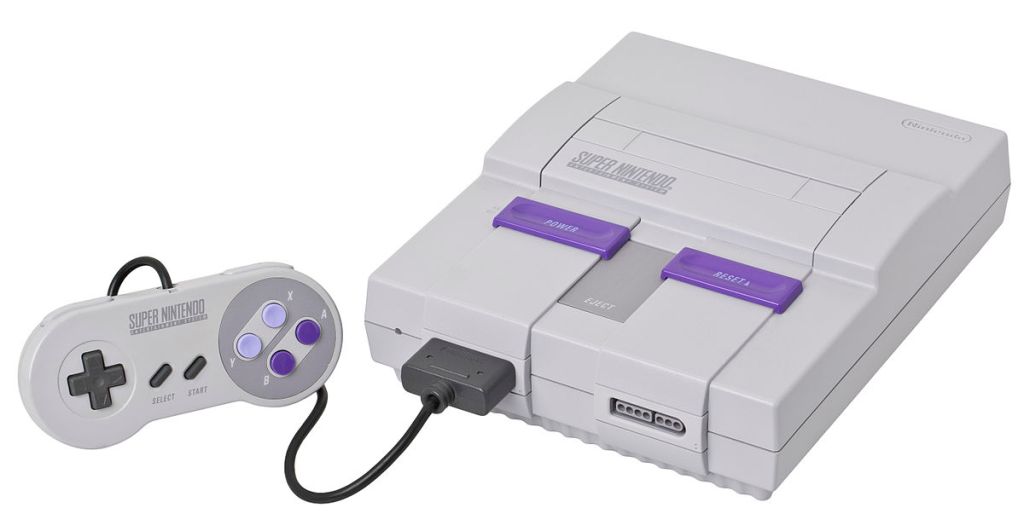
15. The SNES’ Disruptive Launch
In Japan, the Super Famicom was released on November 21, 1990. It was a Wednesday. This was the first major wide release of a new console, as even though the Sega Mega Drive did fantastic when it hit the shelves in 1988, its sales still didn’t hold a candle to the Super Famicom selling 300,000 units within hours. Hell, the Mega Drive only managed to ship 400,000 in its first year, so Sega shot itself in the foot a little bit with the supply vs. demand.
The Super Famicom was so huge on its release day that the Japanese government had to take notice. Simply put, having everyone so obsessed with waiting in line for the new video game gizmo in the middle of the week so they could go home and play the HELL out of it was rather chaotic for society itself. It was disruptive enough that the government had to ask video game companies to release all future consoles on the weekends. It’s an edict that survives to this day, with various consoles always releasing Friday, Saturday, or Sunday. That decision surely preemptively cured so many workers from suspiciously coming down with illness the day the PlayStation 2 came out.

14. There Were Way More SNES Bundles Than You Remember
It should come as no surprise that Super Mario World sold better than any game in the SNES library. At 20,610,000 units moved, it sold almost twice as many copies as the runner-up, Super Mario All-Stars. Then again, Super Mario World was bundled with the console in the early days.
Super Mario World was not the only option for a bundled game when you bought the SNES. Some bundles came with F-Zero, and, a year after the console’s release, Legend of Zelda: A Link to the Past came out and became part of its own bundle. Other games to be packaged with the SNES over the years include: Super Mario All-Stars, Donkey Kong Country, Super Mario Kart, Street Fighter II (PAL only), Super Mario World 2: Yoshi’s Island, Star Fox, Killer Instinct, Mario Paint, Kirby Super Star, Tetris Attack, Ken Griffey Jr. Presents Major League Baseball, and Super Metroid.
There was also the Big Score Bundle, which came with Stunt Race FX, NCAA Basketball, and NHL Stanley Cup, as well as a Competition Set that contained Super Tennis, F-Zero, and Super Play Action Football. Several sets also came with the Super Game Boy attachment.
While Super Mario RPG was never bundled with the console, they did regularly use the game’s promotional images (ie. 3D generated Mario and Yoshi) on the box.
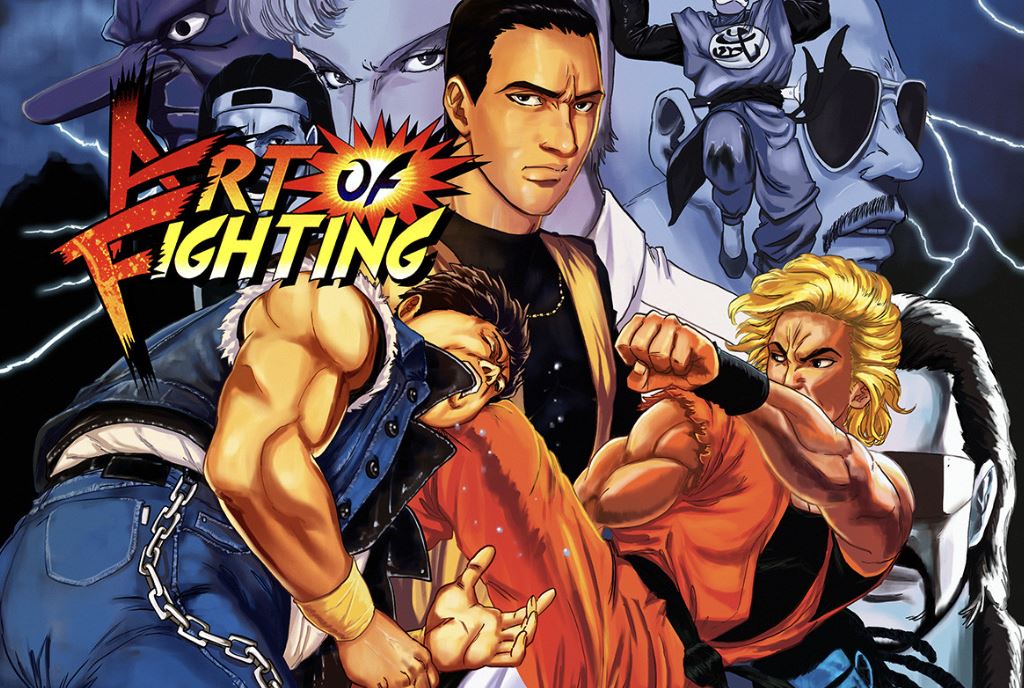
13. Art of Fighting’s Expanded Ending
Art of Fighting is one of the earliest Street Fighter II clones and a stepping stone to SNK’s King of Fighters franchise. Art of Fighting shares a universe with fellow SNK fighter Fatal Fury, albeit taking place a good 20 years earlier. In the game, a martial artist named Ryo Sakazaki looks for his kidnapped sister Yuri as he and his buddy Robert Garcia beat up enemies in one-on-one fights. After taking down the crime boss Mr. Big, they take on Big’s mysterious masked enforcer Mr. Karate. Strangely, Mr. Karate looks and fights exactly like Ryo.
In the original arcade, Neo-Geo, and even Genesis versions of the game, the ending has Ryo preparing to kill Mr. Karate, only for Yuri to burst into the room. With urgency, she’s about to explain who Mr. Karate is, but then we’re met with a “To be continued…” screen. Yes, the twist is exactly what you think.
The SNES port took this quick and abrupt ending and made it something much longer and more interesting. Mr. Karate is indeed Ryo and Yuri’s father, real name Takuma, and he elaborates that he was being blackmailed into working for the criminal underworld. More importantly, the dialogue reveals that Takuma is responsible for the death of Jeff Bogard, father of Fatal Fury protagonist Terry Bogard. At the time, Art of Fighting 2 was months away from an arcade release and this revelation (which has since been ignored) was the perfect lead-in to its story.

12. Family Feud and Other SNES Game Don’t Really Care What Your Answer Is
Tool-assisted speed runs are usually a fun time. Sometimes you can take a game that you had trouble with as a kid and watch somebody blaze through it with frame-by-frame manipulations to make beating it seem like the easiest task in the world. Sometimes they power through it via a weird glitch, like how you can get through Link to the Past in about a minute.
In my eyes, the ultimate TAS run is a Family Feud “playaround” by Heisanevilgenius. See, the thing about Family Feud for SNES is that your answers do not have to be perfect to be “correct.” All you need is for the letters of the correct answer to be within your answer, albeit in order. Throw in other letters wherever and you’re still fine. That gives us this hilarious exhibition where the A family guesses “PLANT YOUR HOTDOG SEEDS” and it turns out “PANTYHOSE” is on the board. All the while, the Hall family just stands there in hushed, confused fury.
Interestingly, quite a few SNES and NES games used similar tricks involving correct ranges of characters rather than exact character requirements. It’s part of the reason some of the most famous video game cheat codes are so famous.

11. Final Fight’s Bizarre SNES History
If side-scrolling beat ’em ups had a Mount Rushmore, Final Fight would certainly be on it. The arcade game was a true classic and when it was ported to SNES, it looked pretty damn good. Huge sprites! Awesome gameplay! Unfortunately, a lot had to be sacrificed for the game. There was no ability to play two-player, the industrial area stage was gone completely, and, most importantly, sneaker-wearing ninja Guy was not a playable character. That just left Haggar and Cody.
The game was eventually rereleased as Final Fight Guy with the missing hero thrown back in but with Cody thrown to the wayside to make room. This was rather funny as the game’s damsel in distress is Cody’s girlfriend Jessica, and they had to rewrite the game with a reason for Cody being too busy to come and help rescue her. It was such an unnecessary game that Capcom initially just had it exclusively available as a Blockbuster rental.
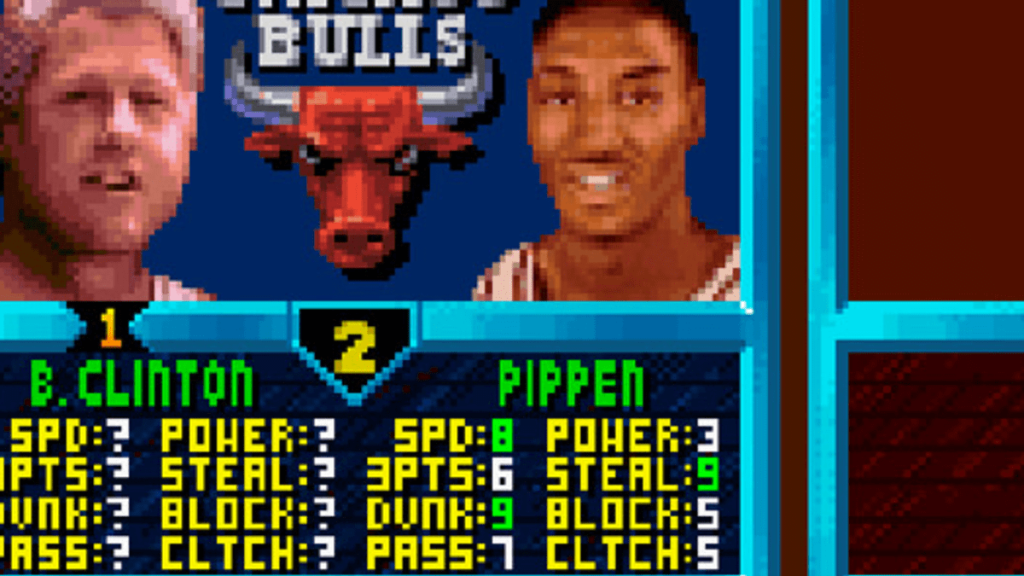
10. Licensing Problems Left Developers In an NBA Jam
NBA Jam and its sequels were a wacky hybrid of basketball all-stars and ridiculous guest characters. Unfortunately, with so many big names involved, sometimes things just don’t work out. For instance, in the SNES NBA Jam port, the Phoenix Suns had Charles Barkley and Kevin Johnson. After the game’s release, Accolade gathered the video game rights for Sir Charles in order to make Barkley Shut Up and Jam. Because of this, later copies of SNES NBA Jam replaced Barkley with Dan Majerle.
Similarly, it wasn’t until mid-production that it was discovered that Shaquille O’Neal was off-limits for NBA Jam: Tournament Edition. He was too busy fighting demons in Shaq-Fu, apparently. Still, the data is still in the game if you have the right cheat device.
As for guest characters, Steven Tyler of all people was originally supposed to be in Tournament Edition. Makes sense, considering Midway also gave us Revolution X around this time. Plans fell through, though, and only few remnants of his code remain in the final version. When it comes to playing basketball with the leader of Aerosmith, we’ll all have to just dream on.
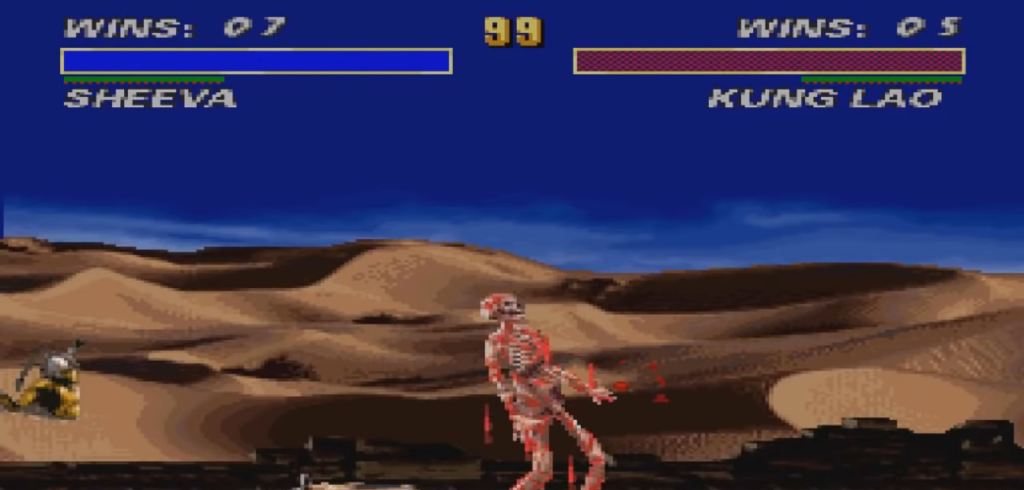
9. Ultimate Mortal Kombat 3: The Ghost of Sheeva
Mortal Kombat 3 featured 15 playable characters, and its update, Ultimate Mortal Kombat 3, added a bunch more (albeit a bunch of variations of two sprite sets). Since the SNES had memory limitations, corners had to be cut here and there. Some stages were gone, voice clips were removed, Animalities were missing, and even the four-armed warrior Sheeva had to be taken out for the sake of the new content.
More specifically, it seems that Sheeva’s graphics were removed. They never got rid of the rest of her data. Because the game has a secret 8 vs. 8 endurance mode that comes with the ability to pick random characters, you might find yourself selecting Sheeva…or what’s left of her. Her moves and hitboxes are still active, but she’s represented by a splattering of red pixels, random blue pixels, or a glitchy still of Liu Kang’s sprite. Playing as or against Sheeva will usually lead to extreme glitches and the game possibly crashing.
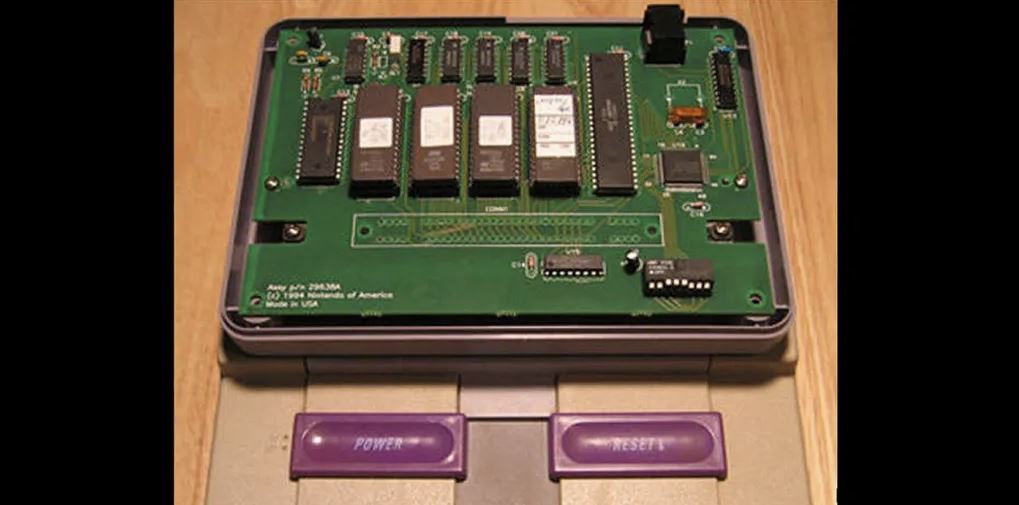
8. PowerFest ‘94: The Rarest SNES Cartridge
If you know the story of the Nintendo World Championship and its super-rare cartridges, this is a bit of “second verse, same as the first” narrative.
Once upon a time, Nintendo put together PowerFest ‘94: a big tour to crown the best SNES player. Instead of having employees switch out cartridges over and over and over again during the event, there was just one cartridge that featured what were essentially demos of three games. Each player would have to compete in upwards of six minutes of gameplay in hopes of getting the biggest cumulative score.
The first task was completing a speed run of the first level of Super Mario Bros.: The Lost Levels from Super Mario All-Stars. Then they had to do five laps in Mario Circuit 1 in Super Mario Kart. Finally, they would try and see how well they could do in a homerun derby via Ken Griffey Jr. Presents Major League Baseball.
Around 33 cartridges existed for the purposes of this tour and most of them were sent back to Nintendo to be recycled for parts. Right now, there are only two copies of that cartridge that exist int the wild, and they go for a pretty penny.
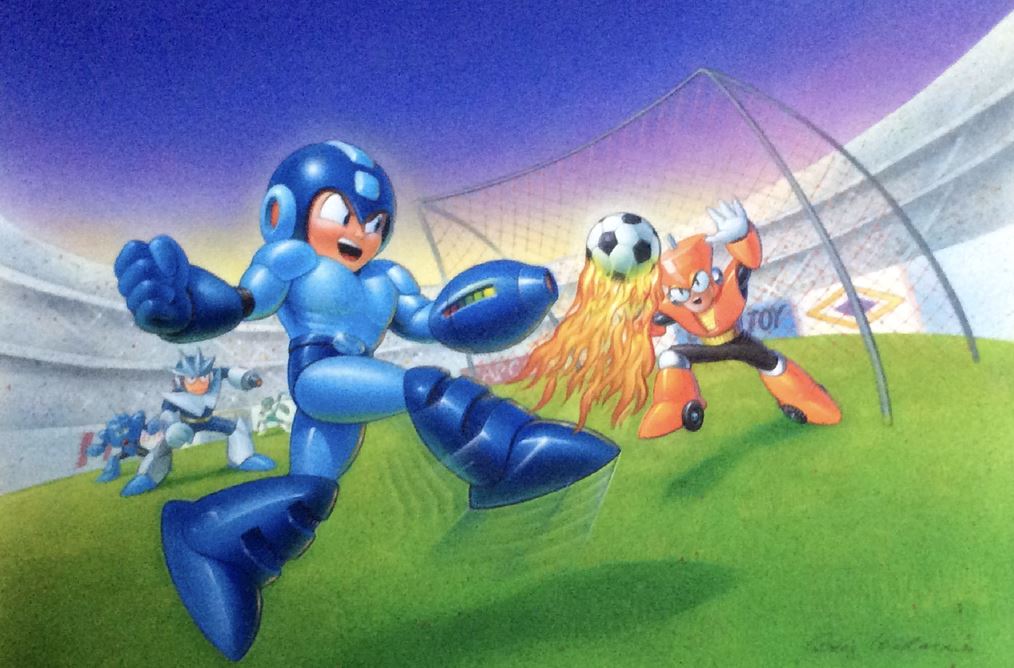
7. Mega Man Soccer’s Missing Ending
Mega Man Soccer is one of those games that’s notorious due to its ridiculous premise but is actually a pretty decent game. At the very least, the Dr. Wily field has what is low-key the best song in the SNES library. Speaking of Dr. Wily, the game’s final stage is a match against a team of Dr. Wily clones dressed in robot suits. Upon winning the match, after seeing the final score, the player is then sent directly back to the menu screen. Congratulations! Enjoy a big pile of nothing!
What makes this extra strange is that the proper ending is in the game data. They just never got around to programming any links to it via gameplay. Using cheat devices, though, you can see the ending and the credits roll. In the ending, Dr. Wily’s fortress (where his field is located) crumbles and Wily escapes. Mega Man’s fate is up in the air, and Proto Man thinks about him while standing on a cliff.
Pretty cool way to end a soccer match, but nothing compared to that time Eric Cantona killed Satan.
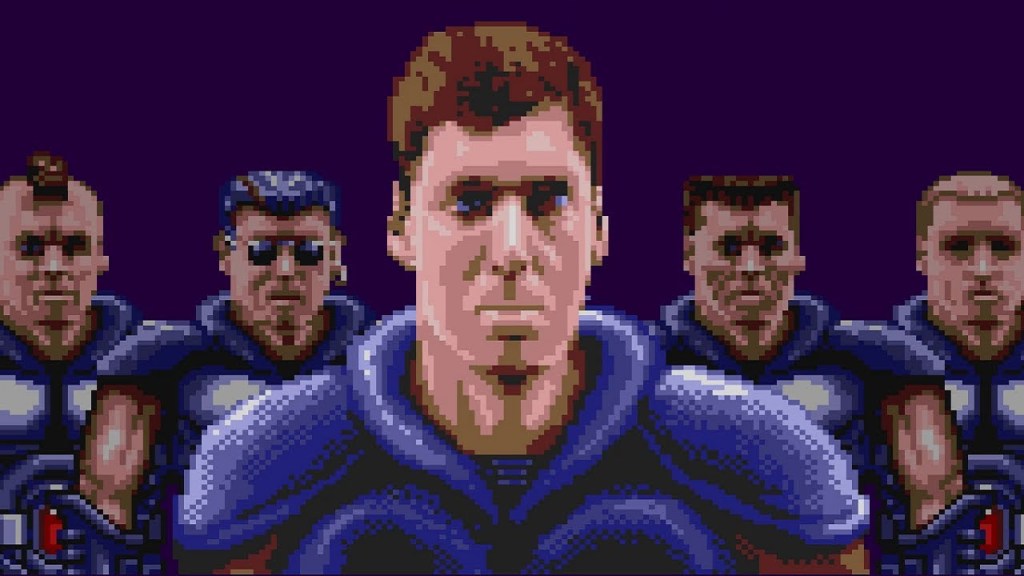
6. Bill Laimbeer Was the Brief King of SNES Basketball Games
Sports games are usually a dime a dozen on any console worth a damn. Getting a generic baseball or football game shouldn’t be a problem, even when the system is brand new. Well, the SNES was a bit of an outlier on that subject. The first basketball game released for the SNES was actually Bill Laimbeer Combat Basketball.
It was a rather strange game so far as basketball games go. It took place in the future, had a bird’s eye view visual angle, and was centered around a basketball player infamous for pulling off too many fouls in real life (hence the violence-based gameplay). Sure, we’ve seen plenty of weird sports games out there, like Mutant League, NBA Jam, NFL Blitz, the aforementioned Mega Man Soccer, and all those Mario games, but this was different.
For about a year, though, this was the only (basketball) game in town. If you wanted to play basketball on the SNES, you were stuck playing futuristic basketball based around a guy who wasn’t even a household name. It wasn’t going to be until NCAA Basketball hit the shelves that players had a regular old basketball game to enjoy.

5. The Wrath of Earthbound’s Anti-Piracy Prank
If a game has anti-piracy measures, they usually just shut you down immediately. For instance, Earthbound was able to sense if you were playing a pirated copy and would put up an anti-piracy message, preventing you from even playing the game. Of course, there was the concern that someone could figure out a way to mess with the code so that message wouldn’t pop up. Unfortunately for anyone that industrious, the game had some other piracy fail safes that were downright cruel.
For one, the game would throw more random enemies at you at a crazier rate. These would even happen at places where you would not normally have battles. Even if you got past that, the masterstroke was waiting for you to get to the final boss Giygas and find that everything has suddenly crashed. After resetting the game, the player would then find all their saves had been deleted.
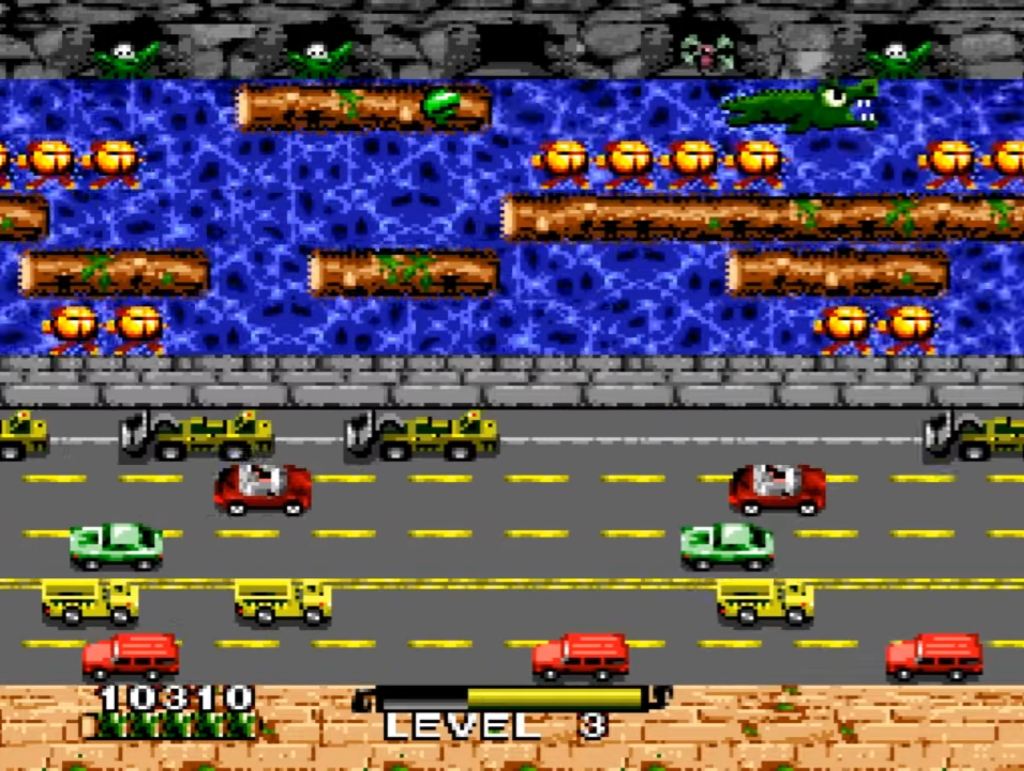
4. The Strange and Sad Final Days of the Super Nintendo
In late 1997, about a year after the Nintendo 64 dominated the conversation, Nintendo released its final first-party SNES game: Kirby’s Dream Land 3. In 1998, Frogger came out, which was the final official game released in North America. In the Sega Genesis counterpart to this list, we mentioned that Frogger was the final Genesis release as well, but the ports were actually very different. Frogger for Genesis was exactly like the arcade version, down to its incredibly outdated, early-1980s graphics. SNES Frogger, at the very least, looked like something worthy of being on a 16-bit system. Then in 1999, Nintendo decided to stop producing new SNES consoles.
As for Japan, the Super Famicom kept going for another few years, ending its production in late 2003. The final game was Metal Slader Glory Director’s Cut: a rerelease of a Famicom decision-based adventure game. That came out in late 2000.
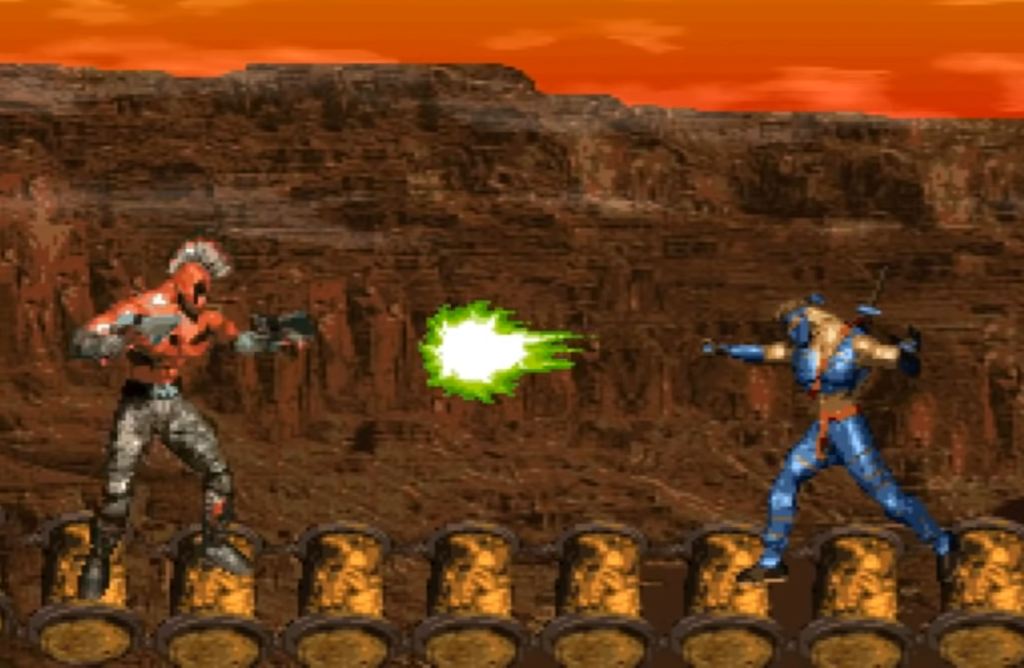
3. Killer Instinct: The Console Civil War
Had things worked out, Killer Instinct would have been one of the coolest advertisements for a console ever. When the game came out in arcades in 1994, it hyped up the coming Ultra 64 (which was sadly renamed to the Nintendo 64) and teased a port as an Ultra 64 launch title. Sadly, the Ult…sigh…Nintendo 64 got delayed by quite a long time, and Rare figured the best course of action was to just give the game a port on the SNES. And hey, it was a damn good port!
In 1996, Killer Instinct 2 hit the arcades. Rare had intended to release a port of this game on SNES and was apparently nearly complete. Unfortunately, someone in charge decided to make up for the lost time. If Killer Instinct couldn’t come home to the Nintendo 64, then Killer Instinct 2 would be an N64 exclusive in the form of Killer Instinct Gold! The doomed SNES port was swept under the rug.
Ironically, though, it turns out that the much-hyped N64 version of Killer Instinct still couldn’t replicate the arcade version’s power. Quite a few Killer Instinct 2 features are missing in Gold. They even took out the multiple endings based on which characters you killed and what stages you smashed up, which was such a great novelty. Even though it was never anyone’s first choice for the franchise’s home, the SNES ended up being Killer Instinct‘s most iconic console.
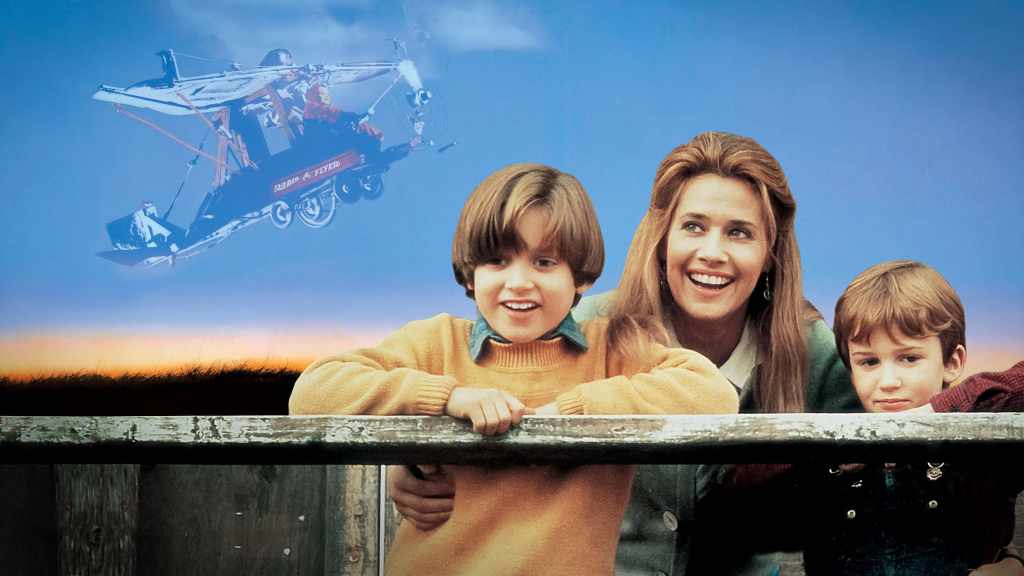
2. Super Radio Flyer?!
Licensed movie games ran a lot more rampant back in the 16-bit era than they do now, but they usually made sense. They were games based on action movies or family films with a sense of adventure. What you don’t really see often is a video game based on a movie about children trying to transform a wagon into a makeshift airplane as a way to escape physical abuse from their alcoholic stepfather. Especially when it’s implied that the movie has an unreliable narrator and one of the kids died from said wagon-plane crashing.
So, yes, back in the day, Ocean Software was going to make a game based on the 1992 coming-of-age film Radio Flyer. Images of the game appeared in various magazines, making it look like a knockoff of Pilotwings. Somewhere along the line, the game was canceled. Maybe it’s due to the content of the film. Maybe it’s due to the movie bombing hard at the box office. Either way, it was a strange choice for source material.
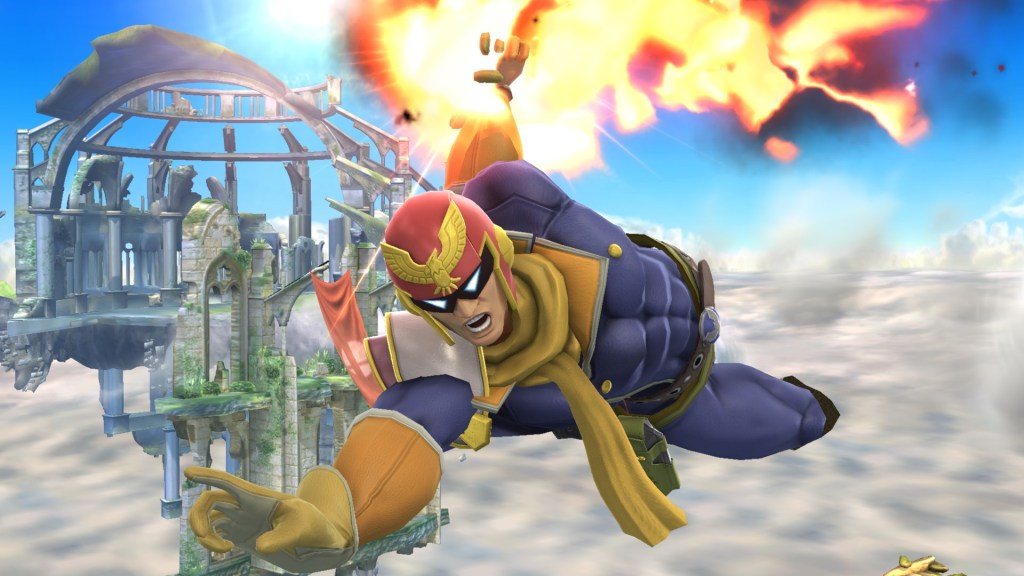
1. Captain Falcon: The Original SNES Mascot
Captain Falcon wears a lot of hats. He’s a bounty hunter, racecar driver, over-the-top martial artist, and hero of the cosmos. Originally, he was intended for an even cushier job: the mascot for the Super Nintendo Entertainment System.
Yes, originally, the plan was for the SNES to have its own mascot with “Captain” in their name. Captain Falcon was drawn up and was going to have a gray color scheme like the console itself. Later on, when they realized they needed some kind of face to help sell F-Zero, Captain Falcon was recolored and repurposed for the role. Which is probably for the best, because Segata Sanshiro would have cut through him like a hot knife through butter.
This is rather fitting, as beat ‘em up hero Captain Commando (who has a lot of similar qualities to Falcon) was initially Capcom’s mascot. He too was better known over time due to appearing in a crossover fighting game.
